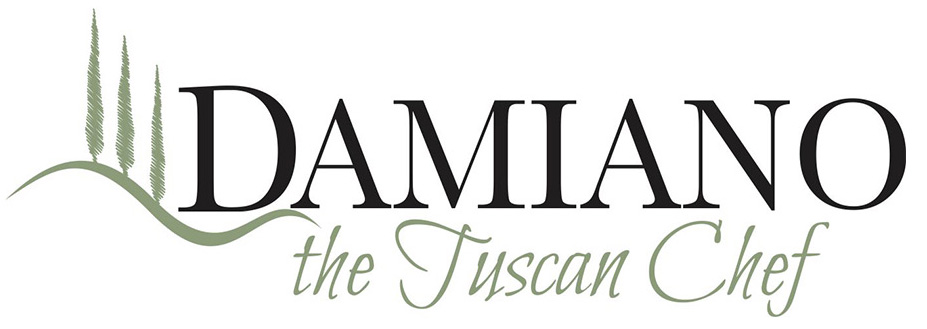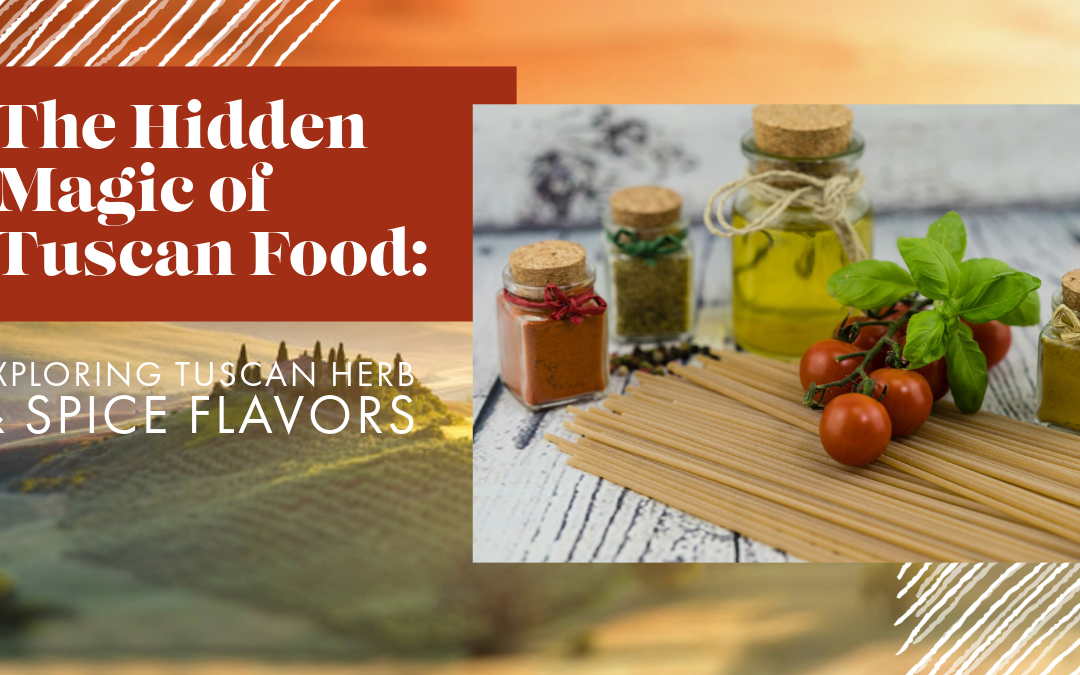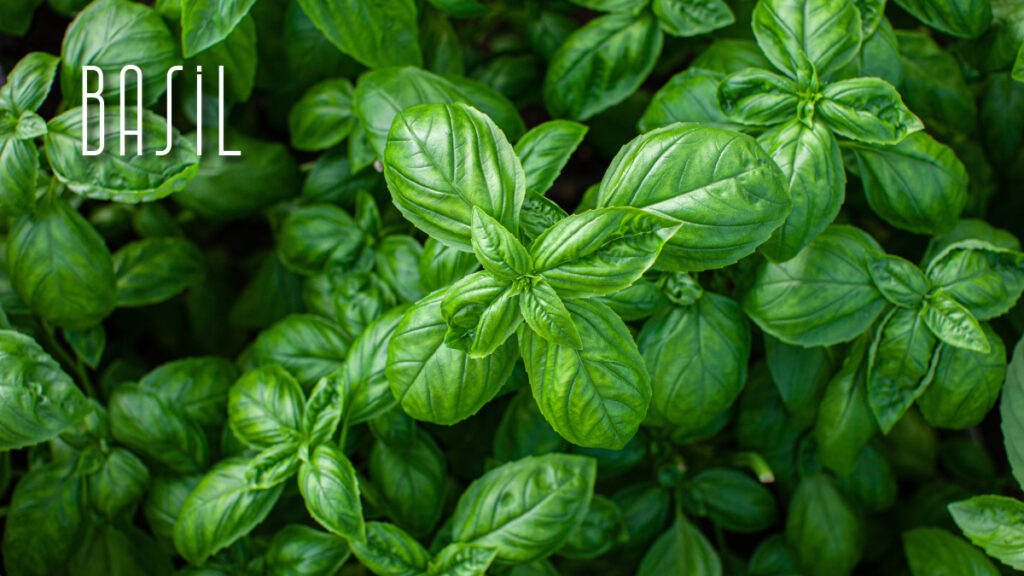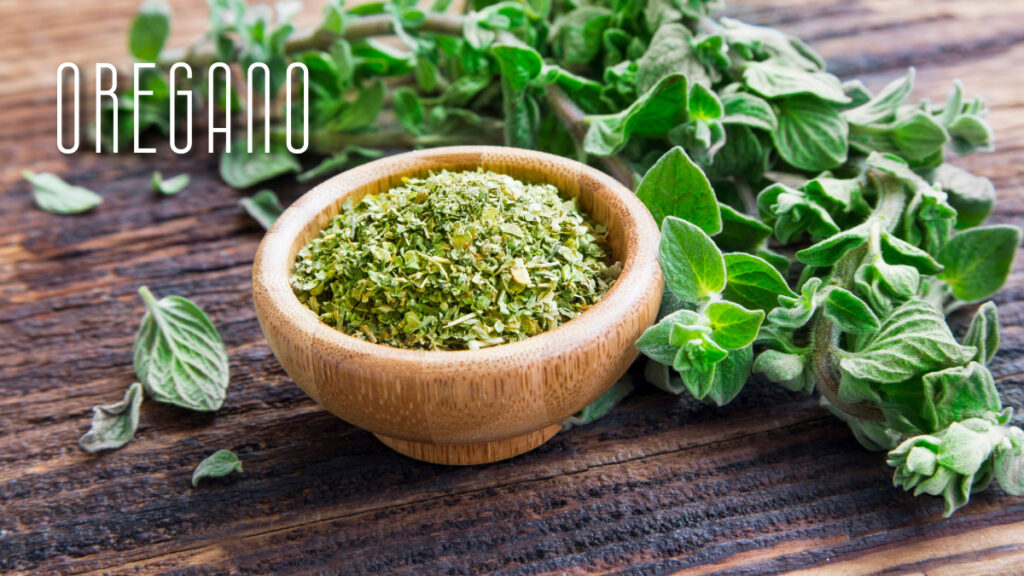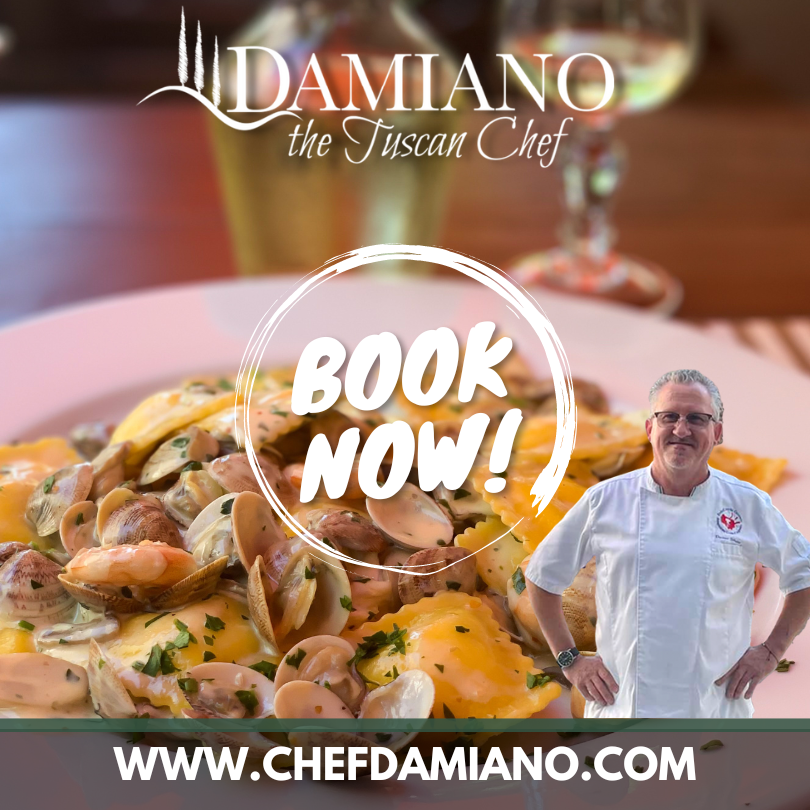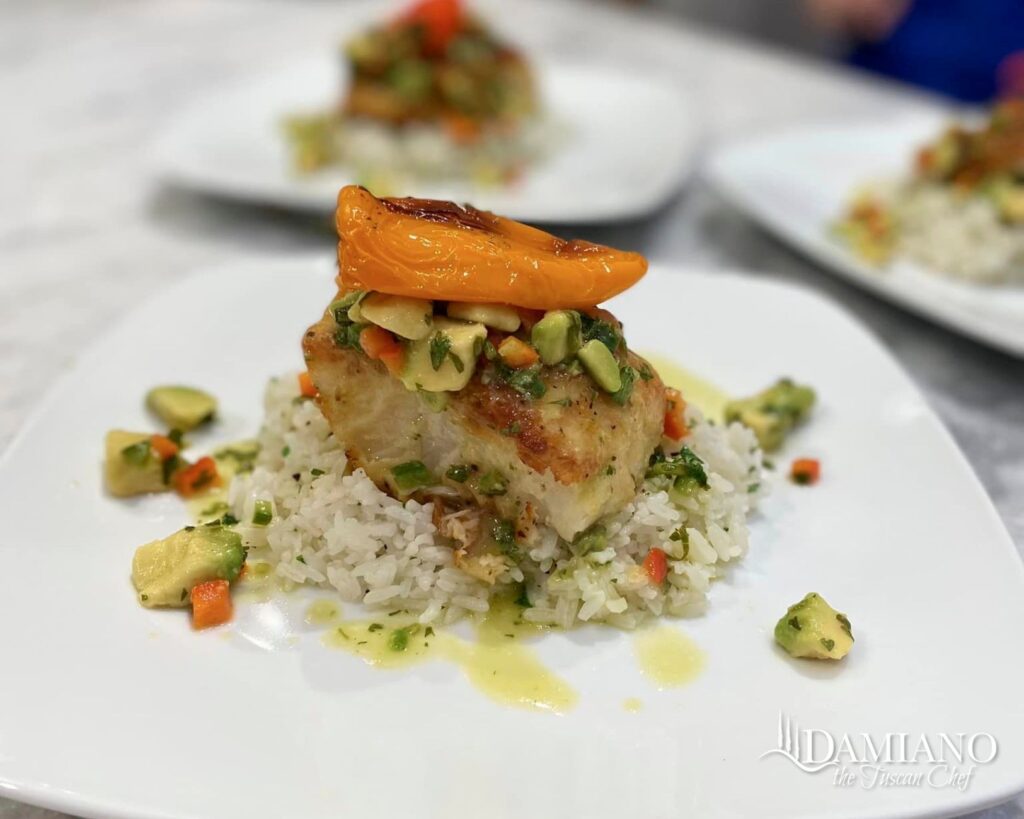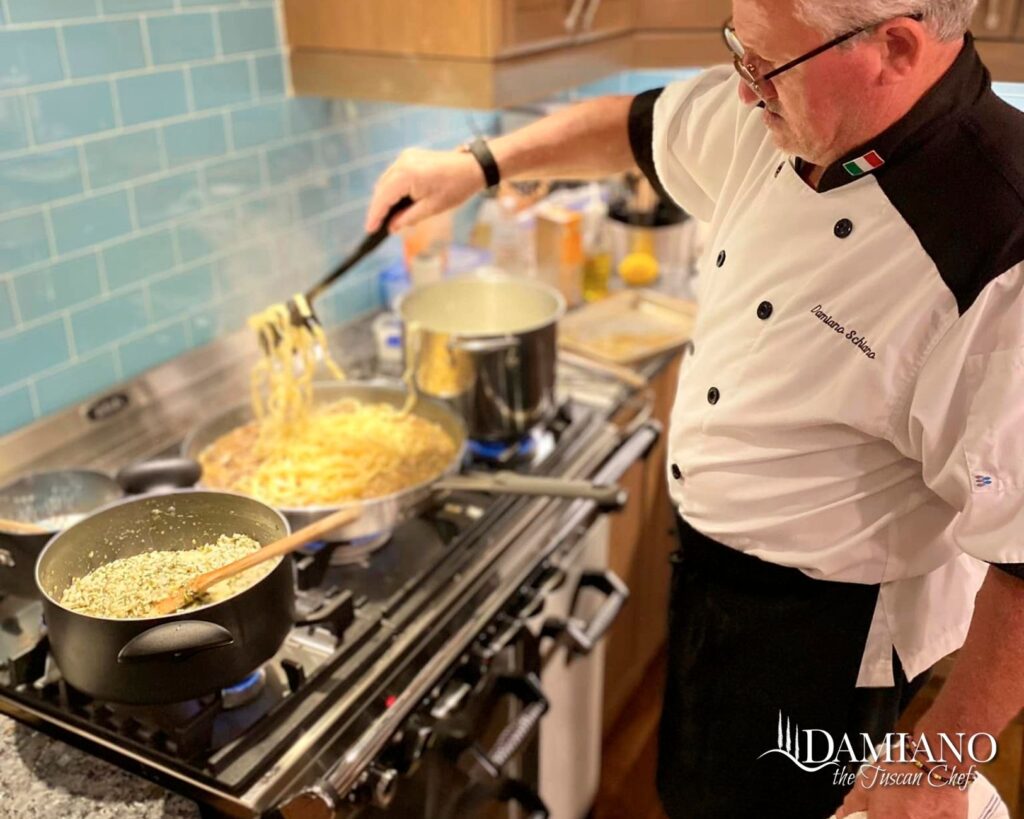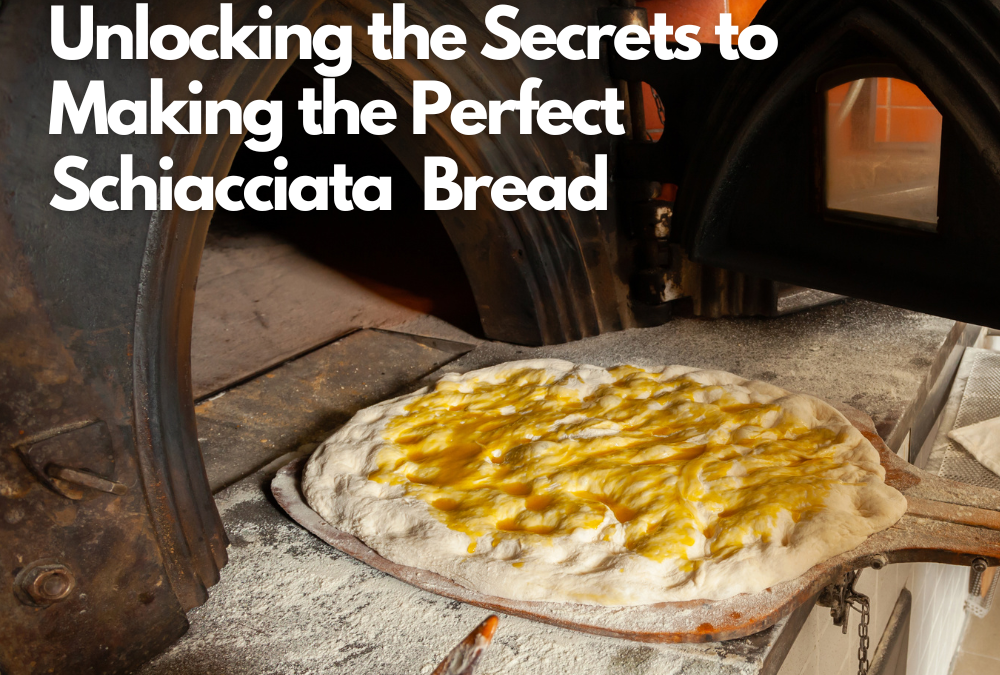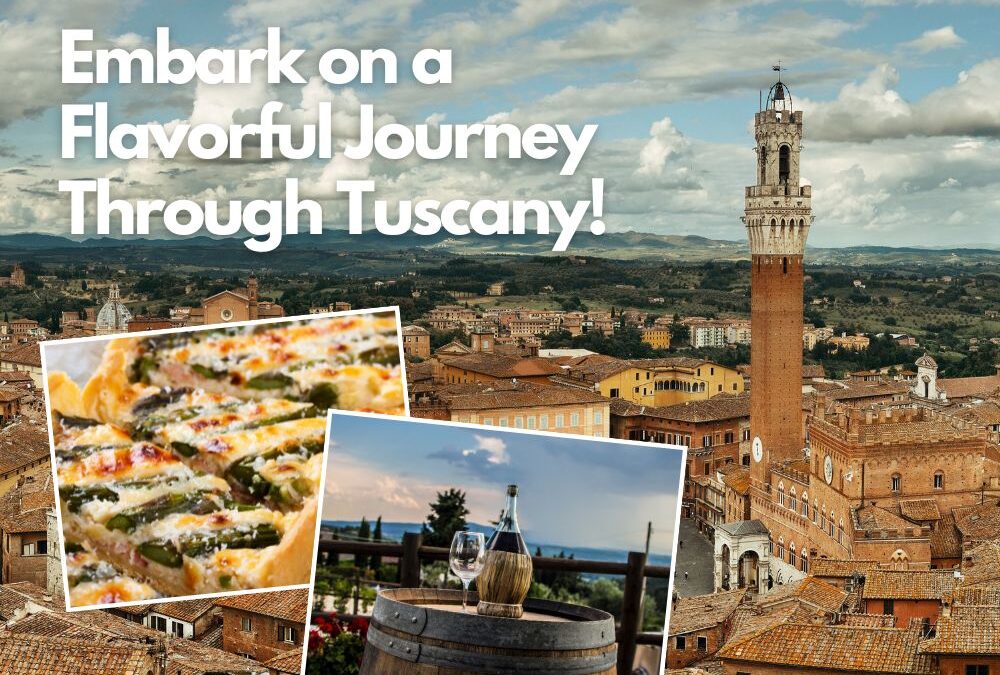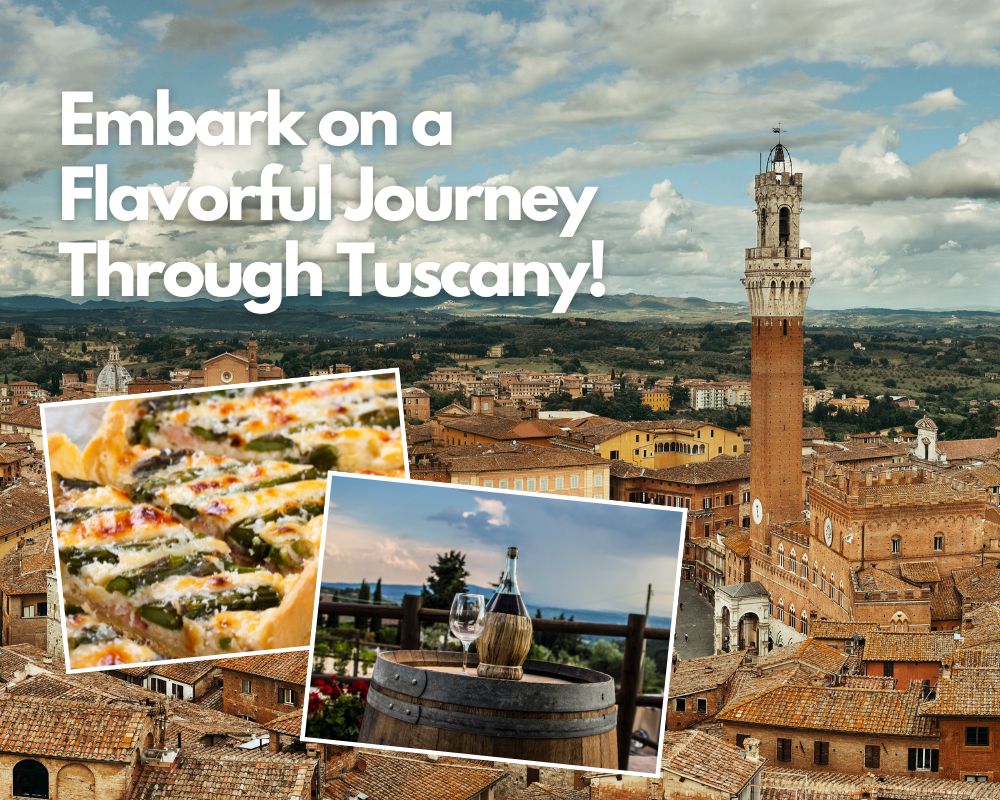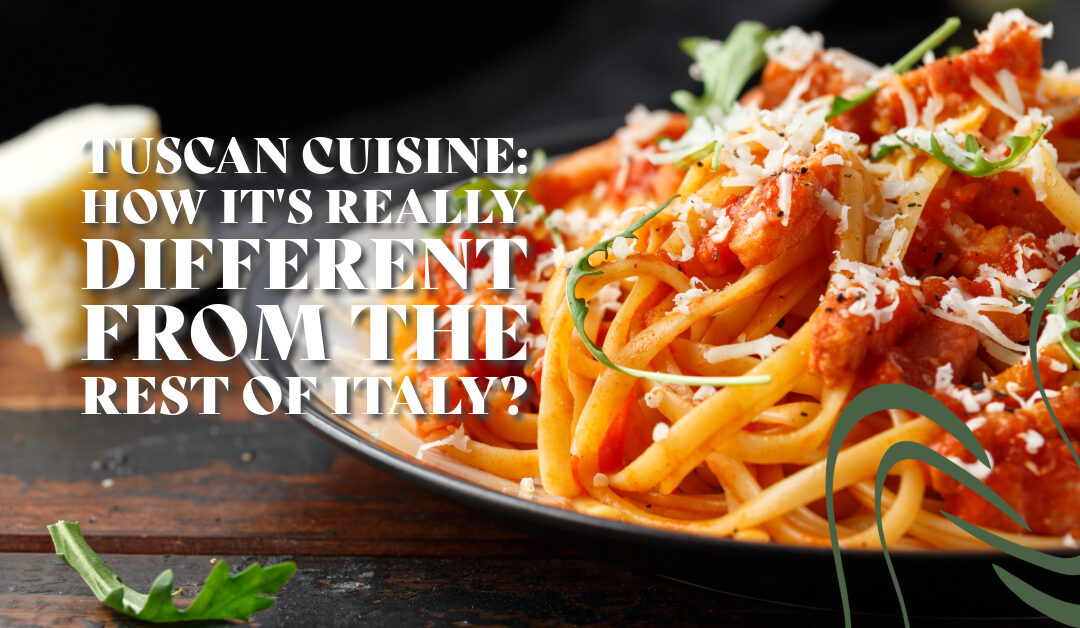
Tuscan Cuisine: How Its Really Different from the Rest of Italy
When I think of Tuscany, I imagine lazy afternoons sipping Chianti at a vineyard, or strolling through a charming village while the smell of simmering ragù floats from a window. But let’s be real—most of us aren’t Italian. Still, we can daydream!
And while we may picture Tuscan food as interchangeable with Italian fare, it’s got a vibe all its own. As someone who loves cooking (and eating!), I’ve found several tasty ways Tuscan cuisine sets itself apart.
First off, it keeps things simple. Northern Italy may have multi-course feasts, but Tuscan food is all about fresh, quality ingredients. A little olive oil, and some rosemary, and you’ve got magic. Fancy techniques? Not needed. This humble style came from the Tuscan countryside. When locals cooked, they elevated modest veggies and beans from the garden into something special.

And beans! They’re a staple here like nowhere else in Italy. We’re talking white beans, fava beans, lentils…they get tossed with veggies, added to soups and pasta, or even turned into desserts. Beans give a protein punch to meals from farmers who historically kept meat to a minimum.
That’s another distinction. While Tuscan cuisine isn’t strictly vegetarian, meats aren’t the main event. Pork and game make appearances, but not in huge fatty steaks or anything. Seafood is common on the coast. But meat’s generally served in small portions or finely minced into sauce. This keeps flavors lighter to let the quality ingredients shine.
The wine’s a whole topic itself. Suffice it to say Tuscan wines rock at complementing local cooking. We’re talking bright, food-friendly picks like Chianti Classico or Vernaccia. And Tuscans make wine like they make food—letting the terroir speak for itself.

Lastly, some dishes just scream “Tuscany!” Ribollita soup, white bean salad, or picci pasta are region-specific. They highlight native crops and Tuscan creativity with chestnuts, kale, herbs, and more. While Tuscan food has Italian roots, the details make it utterly distinct.
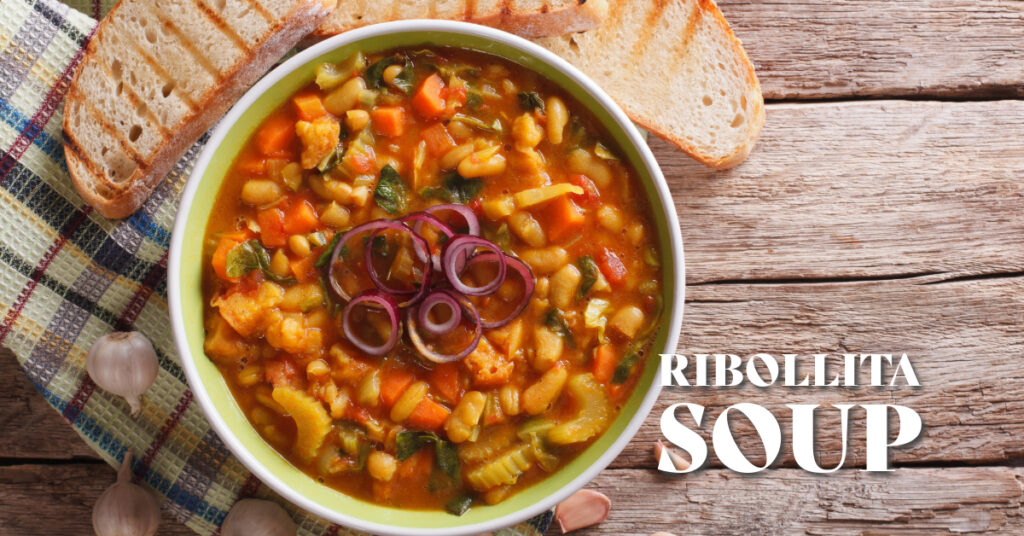
So if you, like me, thought Tuscan equaled Italian…we had it wrong! Tuscans keep things hyperlocal, from farm-fresh produce to unique regional recipes. Next time I cook, I’m channeling that spirit. A simple Tuscan-style bean salad might just transport me (in my mind at least) to a hillside villa abroad! The flavors may be familiar, but the devil’s in the details that make this regional cuisine special.
Buon Cibo. Buon Vino. Buon Amici.
Spending time with friends around the dinner table creates magical moments in our lives. In Italy, this is a way of life! Book a memorable dinner event for you, your family, and your friends!
